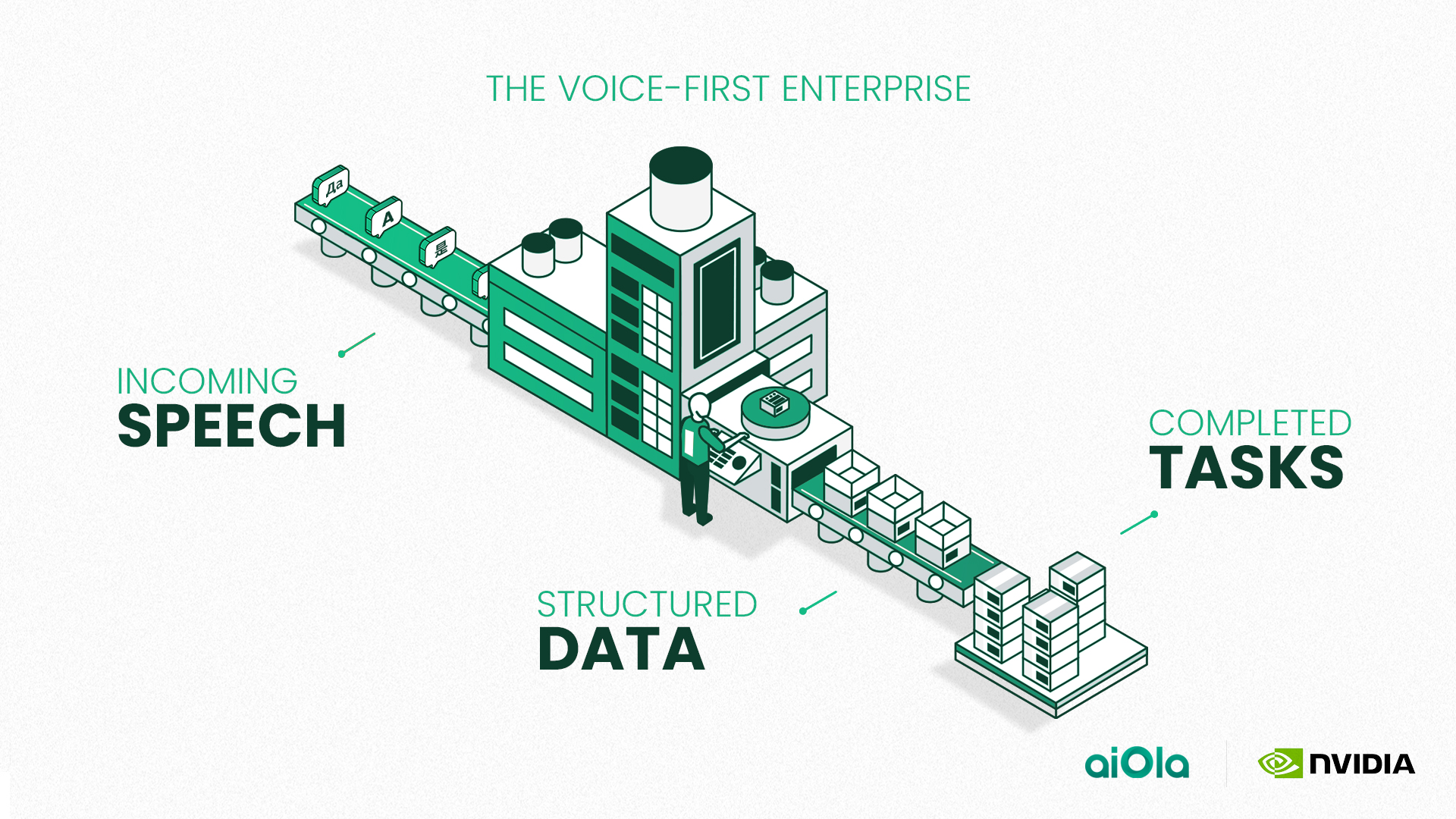Conversational AI is no longer just a buzzword — it’s becoming the backbone of how modern businesses communicate, automate, and scale. From chatbots to voice assistants, these technologies are reshaping everything from customer support to operational workflows. But here’s the challenge: launching a conversational AI initiative without a clear plan can result in fragmented experiences and missed opportunities. That’s why we created this playbook to help you navigate the path from idea to impact.
Whether you’re starting fresh or scaling an existing solution, this guide will walk you through the fundamentals, the implementation steps, and how to make sure your AI strategy actually delivers value.
What Is Conversational AI?
Conversational AI allows machines to understand, process, and respond to human language, whether that’s spoken or typed. But it’s more than chatbots and support scripts. True conversational AI combines natural language processing (NLP), machine learning, speech recognition, and dialogue management to make interactions feel natural and productive.
Its goal is to help people solve problems faster, streamline workflows, and scale communication—without sacrificing human connection. At aiOla, we take this a step further by turning speech into structured, usable data in real time. Our voice-powered platform doesn’t just transcribe; it extracts context, spots keywords, and delivers insights even in noisy, jargon-heavy environments. That’s what sets enterprise-ready conversational AI apart—it doesn’t just talk. It works.
How Do You Implement Conversational AI?
If you want conversational AI that actually delivers business value, here are the core steps to get there—from strategy through deployment and beyond:
Step 1: Start with Strategy
Begin with your business goals. Are you trying to reduce support costs? Streamline frontline documentation? Automate repetitive tasks? Identify a clear use case that will show immediate value. This will guide your decisions on which AI technologies to adopt and how to measure success. Whether you’re in pharma, logistics, or aviation, aligning conversational AI to a real operational goal is key to buy-in and adoption.
Step 2: Choose the Right Approach
Depending on your use case, you may need a text-based chatbot, a voice-driven assistant, or both. Some teams benefit from prebuilt tools; others need full customization and integration. For example, aiOla’s platform integrates directly with enterprise systems to turn spoken input into real-time, structured data—without the need for retraining. Consider whether your environment is noisy, multilingual, or requires handling of domain-specific terminology. Not all platforms are built for that.
Step 3: Design a Great Experience
User experience is everything. Whether it’s a customer asking for support or a technician logging a maintenance issue, the interaction needs to feel natural, clear, and responsive. Voice interfaces in particular require attention to flow, feedback, and clarity. Design with the user’s intent in mind. Use conversational patterns they’re already familiar with. And most importantly, test across different accents, environments, and contexts.
Step 4: Build a Strong Data Strategy
Your AI is only as good as the data it’s trained on. Use real-world inputs from your industry—real conversations, jargon, and voice data. Diversity matters here: different accents, dialects, and phrasing styles will train a more adaptable model. With aiOla’s zero-shot learning and keyword spotting, you don’t need to build out extensive training datasets—our models understand industry-specific language out of the box. But your internal teams still need to be involved to refine intent detection and workflows.
Step 5: Develop and Test Early
Don’t wait until everything’s perfect. Build early prototypes and get feedback. Start testing with internal users—especially those who will interact with the AI in day-to-day workflows. If you’re using voice, test in realistic environments. Loud warehouses. Busy offices. Poor microphones. This is where aiOla’s noise-robust ASR shines. Look for bottlenecks, misinterpretations, or gaps in intent handling.
Step 6: Plan for Launch and Change Management
A good launch plan is just as important as good tech. Decide whether you’ll roll out to one department or organization-wide. Prepare onboarding resources. Train managers on how AI will enhance—not replace—human workflows. Communicate the “why” behind the change.
Your conversational AI solution should be seen as a support tool, not a replacement for human judgment. Teams that understand the benefits will adopt faster and contribute more valuable feedback.
Step 7: Monitor and Optimize Continuously
Once you go live, track performance. Key metrics include intent accuracy, fallback rates, response time, task completion rate, and user satisfaction. Use these insights to refine your flows and improve over time.
aiOla’s platform provides real-time visibility into how speech data is being processed and turned into structured outputs, helping enterprise teams respond quickly to usage patterns or problem areas.
Avoid These Common Pitfalls
Even great AI initiatives can fail if you fall into these traps:
- Starting too big: Launching with too many use cases leads to confusion. Focus on one high-impact workflow.
- Not testing with real users: What works in a demo may fail in the field. Make sure real users can get behind what you have to offer.
- Lack of training data: Not all models work out of the box. Choose one (like aiOla) that handles domain-specific language from day one.
- Treating it as a set-and-forget project: AI needs ongoing tuning. Set up processes for review to continue to evolve this technology.
- Forgetting the humans: AI isn’t just about automation. It’s about making life easier—for employees and customers.
Closing Thoughts: Build Smart, Speak Smarter
Conversational AI isn’t a plug-and-play solution. It’s a strategic tool that, when implemented thoughtfully, can drive major gains in efficiency, engagement, and insight. With the right planning, design, data, and follow-through, you can create AI-driven experiences that feel intuitive and genuinely useful.
At aiOla, we help enterprises go beyond the basics. Our voice-first platform is built for real-world conditions—noisy environments, complex jargon, multilingual operations. We don’t just transcribe. We help you capture the voice of your operations and turn it into something you can actually use—reports, alerts, audits, and decisions.
Ready to bring smarter conversations into your workflows? Book a demo with aiOla to see how we can help your teams work faster, document easier, and stay ahead.








